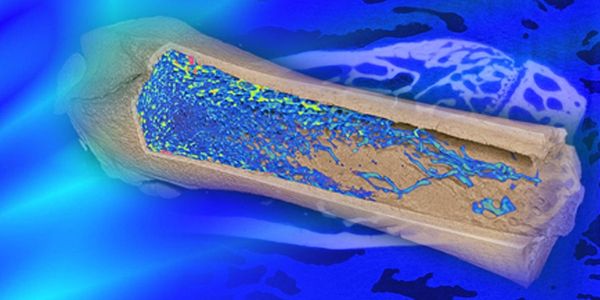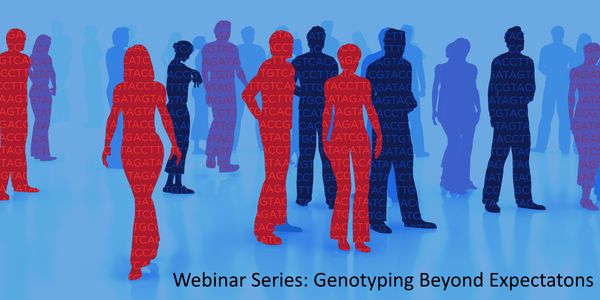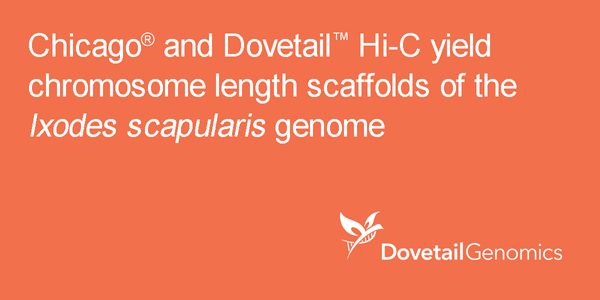Medical Genetics
Medical Genetics: involves the application of genetics to medical care, including research on the causes and inheritance of genetic disorders, and their diagnosis and management.
-
DEC 06, 2018 | 1:00 AMDATE: December 6, 2018TIME: 10:00am CET, 5:00pm CST Intro Micro-computed tomography (micro-CT) offers significant advantage...DEC 04, 2018 | 7:00 AMDATE: December 4, 2018TIME: 4:00pm CET PSCs represent an important tool in a wide range of applications, including basic research, disease...DEC 03, 2018 | 11:00 PMDATE: December 4, 2018TIME: 8:00am CET PSCs represent an important tool in a wide range of applications, including basic research, disease...NOV 15, 2018 | 12:00 PMNeuronal migration defects, including pachygyria, are among the most severe developmental brain defects in humans. Using human genetics approaches, we recently identified bi-allelic truncatin...QIAGEN helps your team focus on the opportunities, not the obstacles, with an end-to-end clinical testing solution. During this talk, we will present a lung cancer case study to show how QIAG...Speaker: Raed Samara, PhD , Dan Richards, PhD
NOV 14, 2018 | 3:00 PM
Neuronal migration defects, including pachygyria, are among the most severe developmental brain defects in humans. Using human genetics approaches, we recently identified bi-allelic truncatin...
As the compendium of putatively disease causing variants expands, gathering the most current and accurate information is critical to computing variant classifications. The QIAGEN knowledgebas...
Speaker:
Jennifer Poitras, PhD
With significant decrease in the cost of sequencing in numerous commercial as well as cancer center–driven initiatives, genomic profiling is increasingly becoming routine across multipl...
Speaker:
Bing Zhou, PhD
NOV 14, 2018 | 8:00 AM
DATE: November 14, 2018TIME: 08:00am PST, 11:00am EST International Genetics & Translational Research in Transplantation Network (iGeneTRAIN) has recently generated genome...
NOV 13, 2018 | 6:00 AM
DATE: November 13,2018TIME: 3:00pm CET, 7:30pm IST, 06:00am PST The assessment of cell health and cellular responses after experimental manipulation continue to be a very important...
OCT 23, 2018 | 9:00 AM
DATE: October 23, 2018TIME: 9:00AM PDTIxodes scapularis is the principal vector of the Lyme disease spirochete, Borrelia burgdorferi. I. scapularis genome was the first and only...
As the most common female malignancy, breast cancer is the most likely reason that a woman will die of cancer around the world. Breast cancer mortality has dropped in the U.S. by 35% since 19...
Speaker:
Benjamin Anderson, MD
Lung cancer is the leading cause of cancer-related mortality worldwide. Large-scale sequencing studies have revealed the complex genomic landscape of NSCLC and genomic differences between lun...
Speaker:
Nicholas McGranahan, PhD
Antibodies are extremely valuable and ubiquitous tools in life science research, but in spite of their widespread use in immunoassays over the past several decades, there is still a lack of u...
Speaker:
Chandra Mohan, PhD
Two projects looking at novel approaches to targeting inflammatory breast cancer will be presented. Inflammatory breast cancer (IBC) is a unique, understudied, and most lethal subtype account...
Speaker:
Kevin Williams, PhD
The oncogenic transcription factor c-MYC (MYC) is deregulated, and often overexpressed, in more than 50% of cancers. MYC deregulation is associated with poor prognosis and aggressive disease,...
Speaker:
Jason De Melo, PhD
























